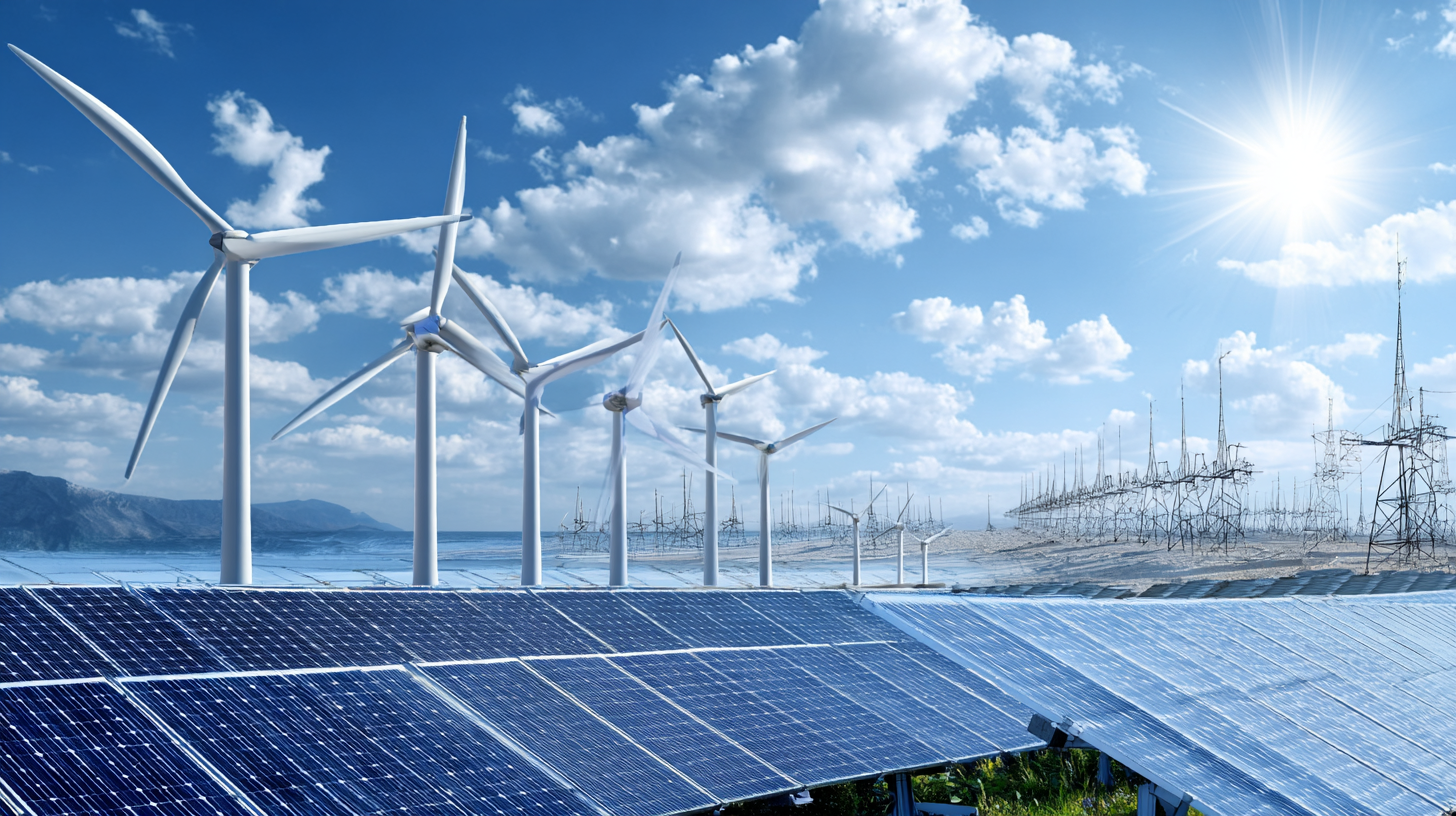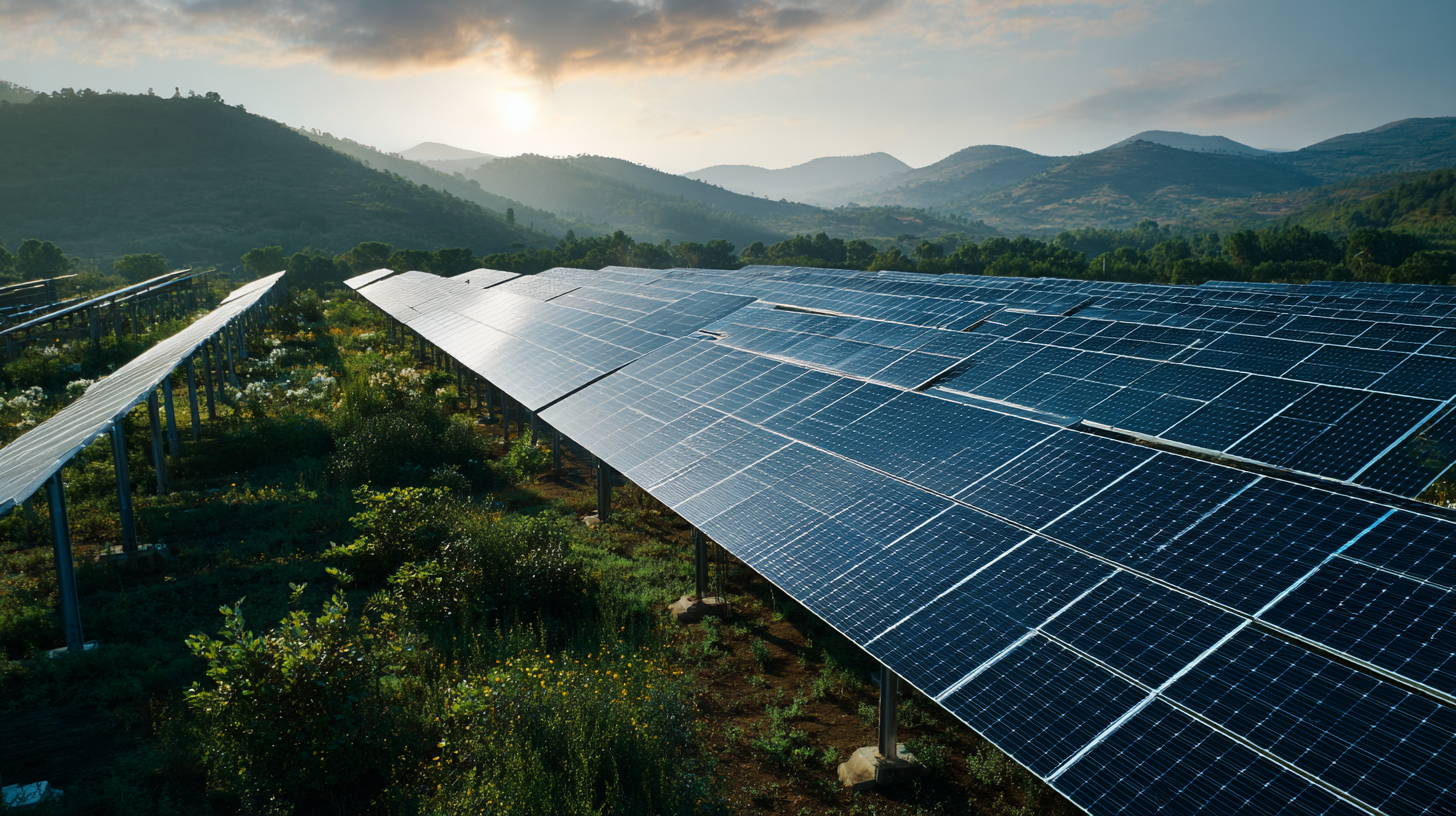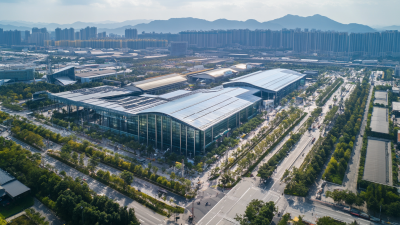The transition to a sustainable future hinges on the effective harnessing of Renewable Energy, a sector that has seen unprecedented growth in global investments. According to the International Energy Agency (IEA), investment in renewable energy technologies worldwide reached nearly $300 billion in 2020, reflecting a commitment to reduce carbon emissions and combat climate change. Furthermore, the report by the Global Renewable Energy Council highlights that renewable sources accounted for more than 80% of the new power generation capacity added globally in recent years. This burgeoning green economy not only supports environmental goals but also drives job creation and economic growth, with the International Renewable Energy Agency (IRENA) estimating that the sector could employ over 24 million people by 2030. As we explore the dynamics shaping these investments and their impact on the green economy, understanding the role of renewable energy is crucial for envisioning a sustainable future.

The role of renewable energy in global economic recovery strategies has become increasingly vital as nations seek pathways to sustainability. In Asia, 2021 marked a crucial year for the energy transition, as countries aimed to emerge from the pandemic while simultaneously addressing climate goals. Renewable energy sources are not just pivotal for reducing carbon emissions but also act as a catalyst for job creation, driving green employment opportunities that contribute to economic recovery.
Investment trends point towards significant growth in sectors such as solar energy, with the rooftop solar bracket market projected to reach $14.56 billion in 2024 and soar to $38.34 billion by 2032, reflecting an annual growth rate of 11.7%. This surge aligns with the urgent need for Asia’s energy sector to implement strategic transformations to harness clean energy opportunities effectively.
The call for enhancing financing strategies within regional coalitions, as discussed by Malaysia, underscores a collective commitment to achieving ambitious targets and supports the transition to a green economy in the post-pandemic landscape.
In recent years, the landscape of renewable energy investments has shifted dramatically, with substantial capital flowing into innovative technologies that promise a greener future. Solar power continues to attract the lion's share of investments due to its rapid advancements and declining costs. Projects utilizing photovoltaic (PV) systems are not only gaining momentum in developed regions but are also expanding significantly in emerging markets, where electricity access remains a challenge. This trend is indicative of a broader commitment to sustainability as more stakeholders seek viable solutions to combat climate change.
Wind energy is also witnessing impressive investment trends, with offshore wind farms emerging as a focal point for capital allocation. Governments and private entities are recognizing the potential of harnessing wind power in coastal areas, leading to increased funding for research and development. Furthermore, advancements in energy storage technologies are a critical area for investment, as they address the intermittency of renewable sources by allowing for more reliable and flexible energy supply. Collectively, these investment trends signify a transformative shift in the global economy, paving the way for a robust and sustainable green economy.

Across the globe, innovative renewable energy projects have emerged as powerful examples of how investment in green technologies can foster sustainable development. One such success story is Denmark’s offshore wind farms, which have become a cornerstone of the country's energy strategy. With over 7,000 megawatts of installed capacity, these farms not only supply electricity to millions but also contribute to significant job creation in both the manufacturing and maintenance sectors, showcasing a model that other nations aspire to replicate.

Another noteworthy initiative is the Solar Water Pumping Project in India, which aims to provide sustainable irrigation solutions for rural farmers. By harnessing solar energy, this project has dramatically reduced reliance on diesel pumps, cutting costs and carbon emissions. Additionally, it enhances the resilience of farmers to climate change, enabling them to maintain productivity even during water scarcity periods. Such projects highlight the transformative impact of renewable energy investments on local communities, illustrating a promising path toward a greener and more equitable future.
The transition to a green economy is heavily influenced by effective policy frameworks that enable sustainable investments. Governments play a crucial role in shaping the direction of investment toward renewable energy projects. By implementing policies such as tax incentives, subsidies, and grants, they can stimulate private sector involvement and encourage innovation in clean technologies. For instance, nations that have adopted clear renewable energy targets and regulatory stability have attracted significant foreign investment, demonstrating the importance of a cohesive policy environment in fostering a sustainable energy landscape.
Moreover, international cooperation and agreements also contribute to shaping these frameworks. Initiatives like the Paris Agreement work to align national policies with global sustainability goals, encouraging countries to set and adhere to ambitious renewable energy commitments. This collaborative approach not only boosts investor confidence but also facilitates knowledge sharing and best practices among nations. As countries work together to create supportive regulatory environments, the green economy can flourish, paving the way for a sustainable future that benefits both the planet and its inhabitants.
Digital technologies are pivotal in transforming renewable energy solutions, significantly impacting the green economy. The International Renewable Energy Agency (IRENA) reports that investments in digital tools, such as smart grids and IoT devices, can increase renewable energy efficiencies by up to 20%. These advancements not only optimize energy consumption patterns but also enhance the integration of diverse renewable sources into the existing energy infrastructure. As sectors increasingly turn to digital platforms, energy management systems powered by artificial intelligence are allowing for real-time monitoring and predictive analytics, drastically improving reliability and reducing operational costs.
Tips: To effectively utilize digital technologies, businesses should invest in training programs that upskill employees in data analytics and digital tools. This not only fosters innovation but also ensures that the team is well-equipped to implement and maintain these advanced systems.
Furthermore, innovations like blockchain are making energy transactions more transparent and secure, facilitating peer-to-peer energy trading. According to a report from the World Economic Forum, blockchain technology could potentially save the energy sector $5 billion annually by streamlining transaction processes and reducing fraud. By adopting these technologies, companies can lower their carbon footprint while fostering a more sustainable energy market.
Tips: Start small by integrating one digital solution at a time, gradually scaling your efforts as your organization becomes more comfortable with new technologies. This approach minimizes risks and allows for more manageable implementation.
| Country | Investment in Renewable Energy (USD Billion) | Share of Renewable Energy in Total Energy (Percentage) | Digital Technology Adoption (Percentage) | Forecasted Growth Rate (Percentage) |
|---|---|---|---|---|
| United States | 54 | 20 | 75 | 12 |
| Germany | 47 | 35 | 85 | 10 |
| China | 83 | 28 | 90 | 15 |
| India | 15 | 24 | 70 | 18 |
| Brazil | 12 | 45 | 65 | 11 |





